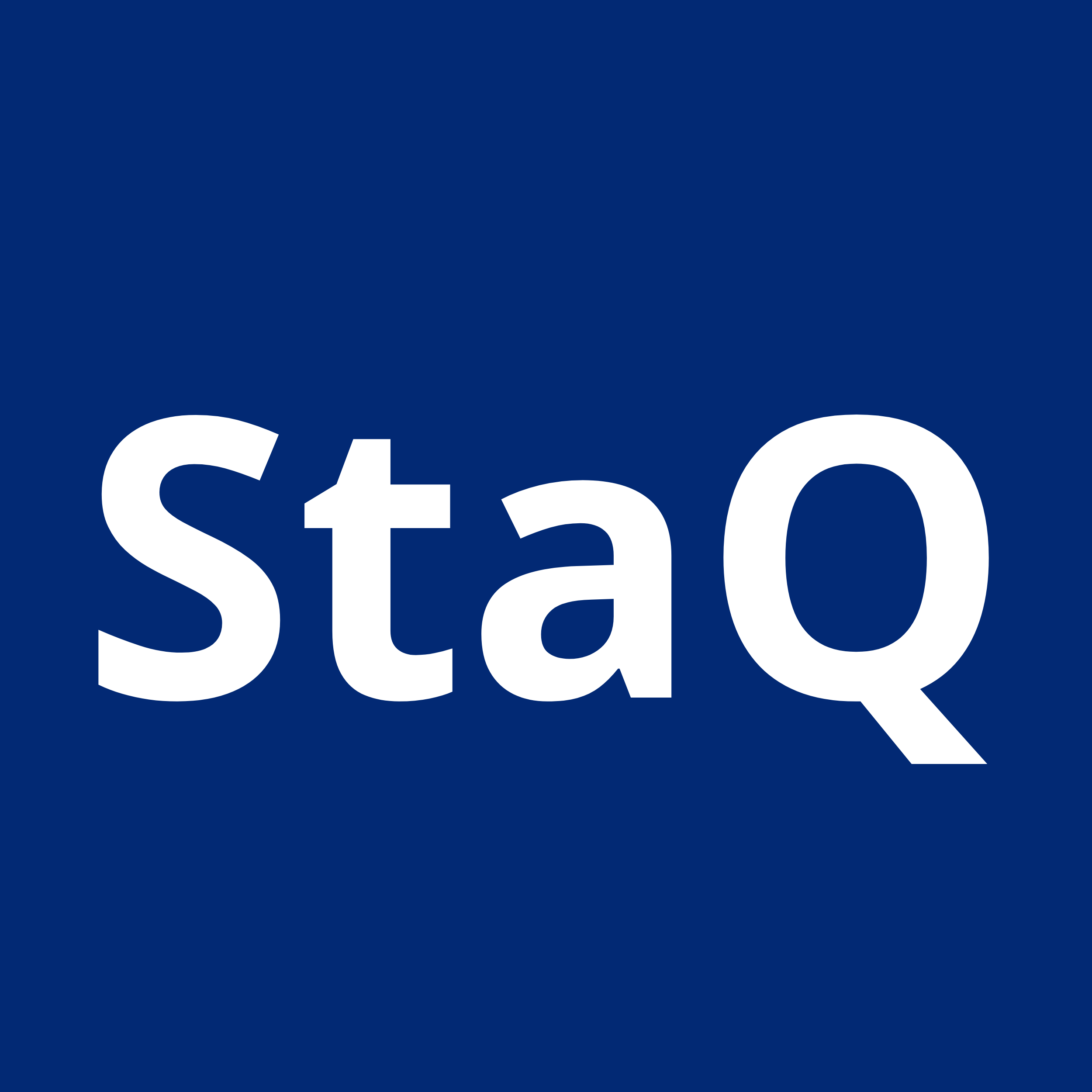In today’s digital-first business environment, choosing the right software isn’t just an IT decision—it’s a strategic imperative that impacts your entire organization’s success. Let’s explore how to build a software strategy that truly drives business value.
Start with Strategy, Not Software
The most successful software implementations begin with clear business objectives. Before evaluating solutions, ask:
- What specific business goals are we trying to achieve?
- Which processes need improvement?
- How will we measure success?
- What’s our timeline and budget?
Key Elements of Effective Software Selection
1. Comprehensive Requirements Analysis
- Document must-have vs. nice-to-have features
- Consider integration needs with existing systems
- Account for future scalability
- Evaluate security and compliance requirements
2. Total Cost Consideration
Look beyond the initial purchase price to understand:
- Implementation costs
- Training requirements
- Ongoing maintenance
- Hidden expenses
3. Change Management Planning
- Assess impact on current workflows
- Plan for user training and adoption
- Establish clear communication channels
- Set realistic implementation timelines
Common Pitfalls to Avoid
- Choosing based on features alone rather than business value
- Underestimating implementation complexity
- Neglecting user adoption planning
- Insufficient vendor evaluation
Ensuring Success
The right software strategy requires balancing technical capabilities, business needs, and user requirements. At Staq, we’ve helped countless organizations navigate these challenges, ensuring their software investments drive real business value. Our experience shows that successful implementations always start with a clear strategy aligned to specific business goals.
Remember, the best software solution isn’t always the one with the most features—it’s the one that best supports your organization’s objectives while providing clear ROI.
Need help building a software strategy that drives results? Let our team of experts guide you through the process.




